ISABELLE & DANI (NOOMI RAPACE & KAROLINE HERFURTH)
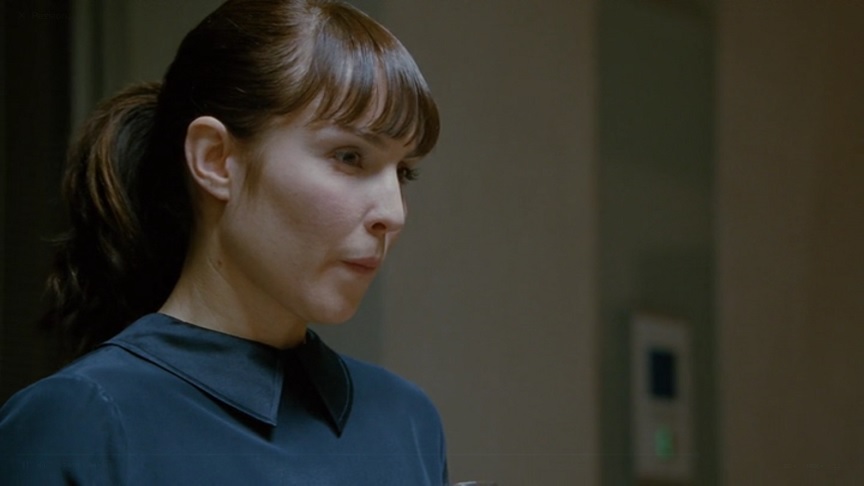
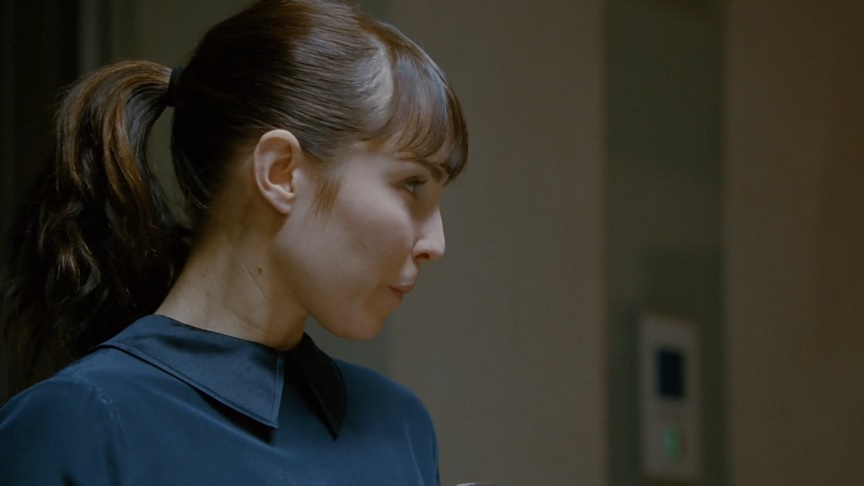
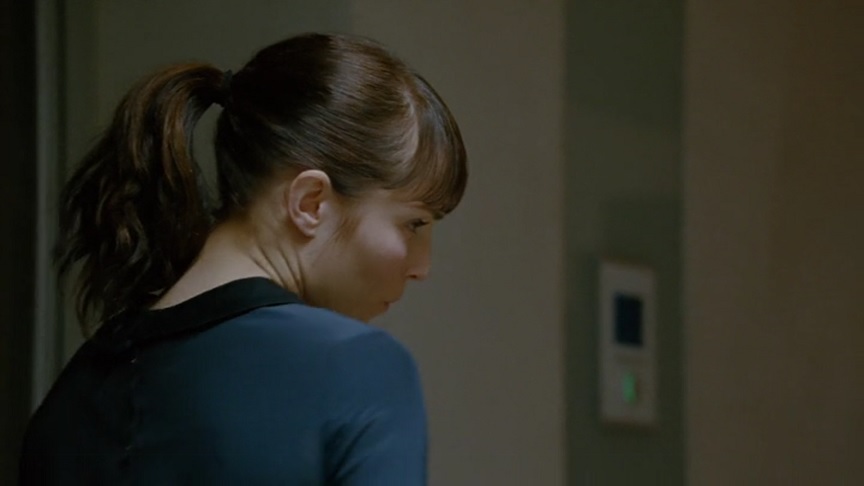
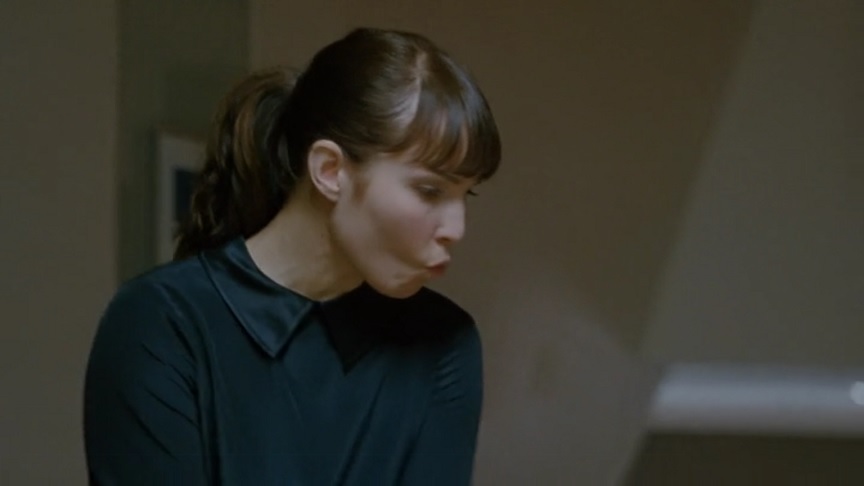
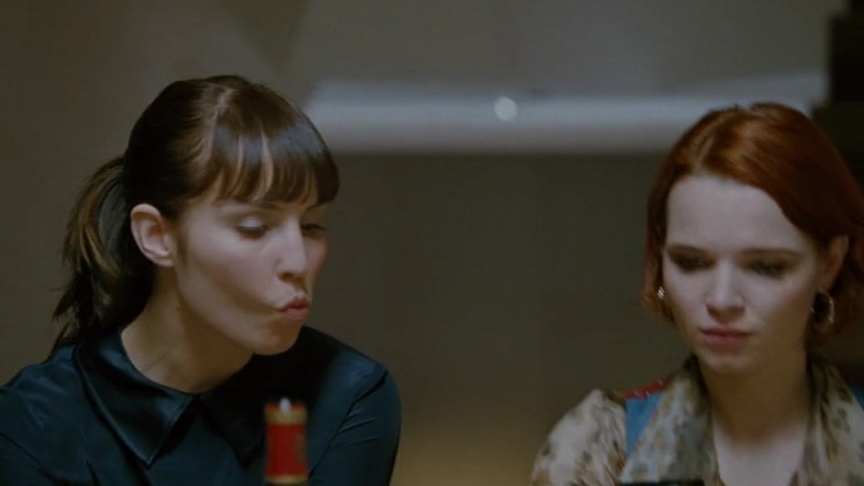
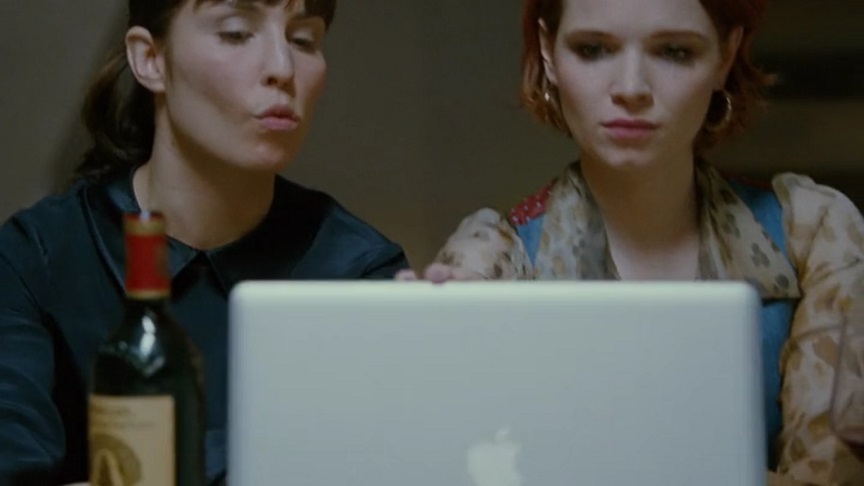



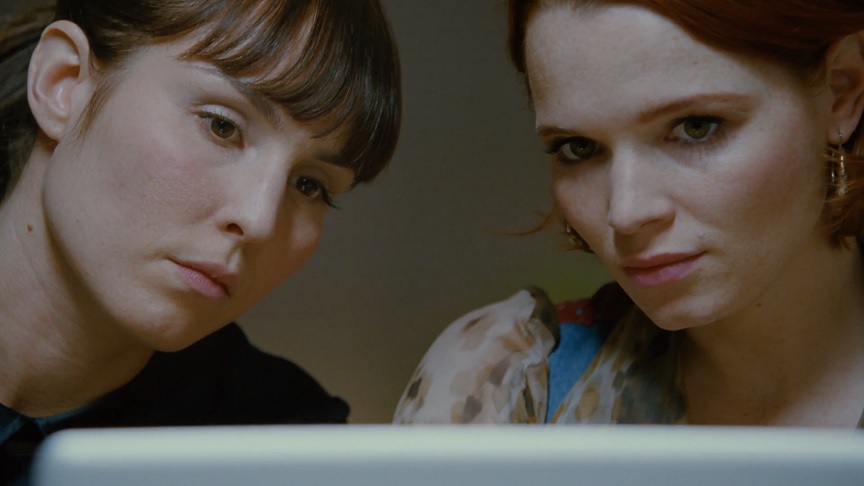
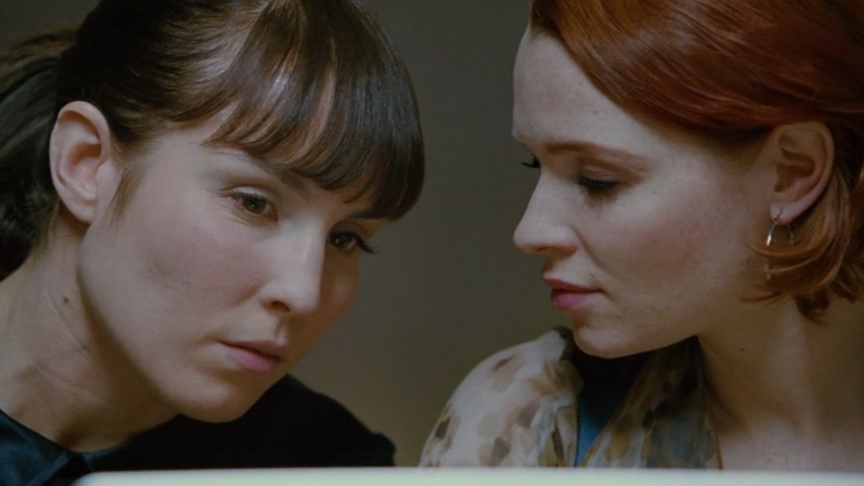
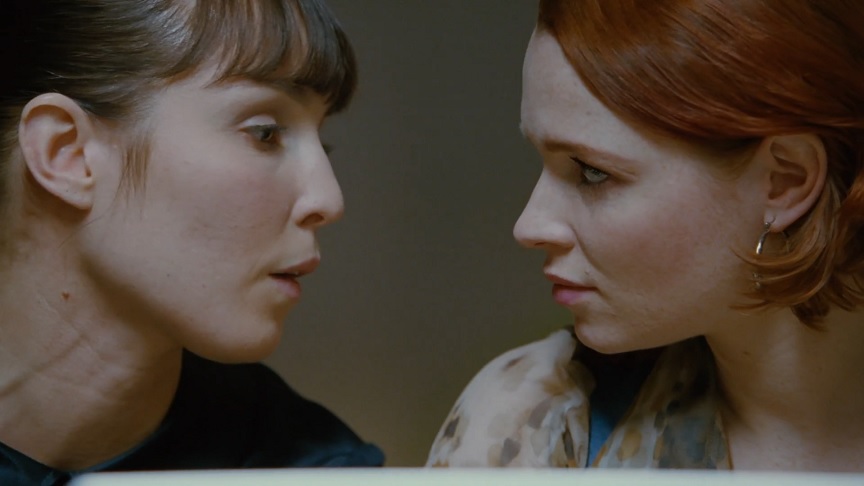
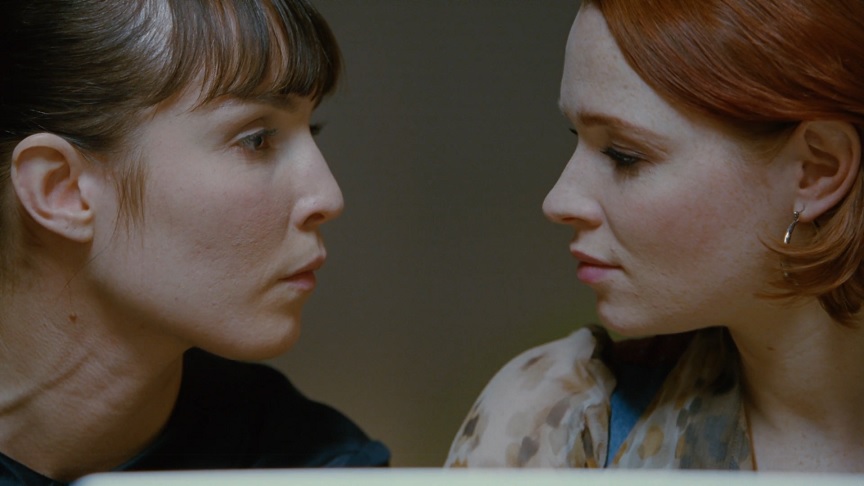
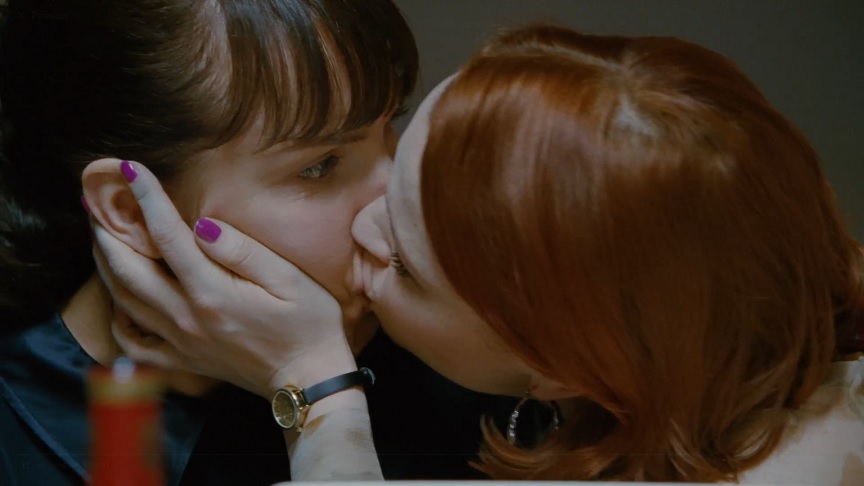
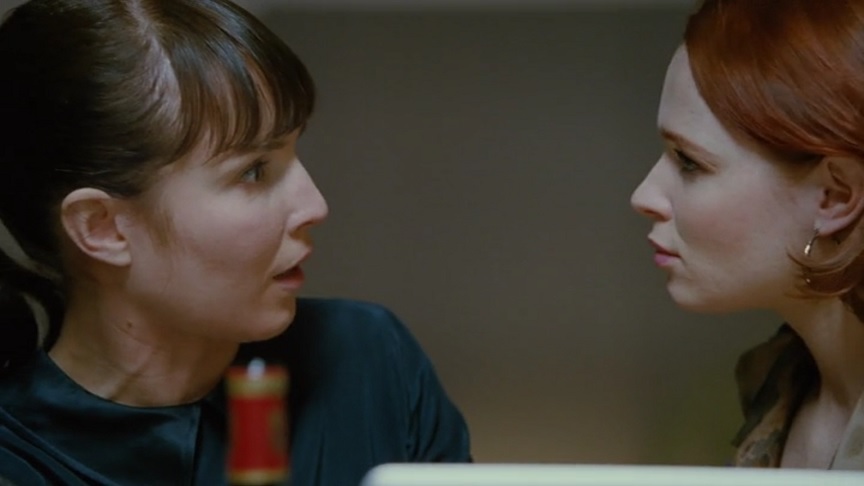
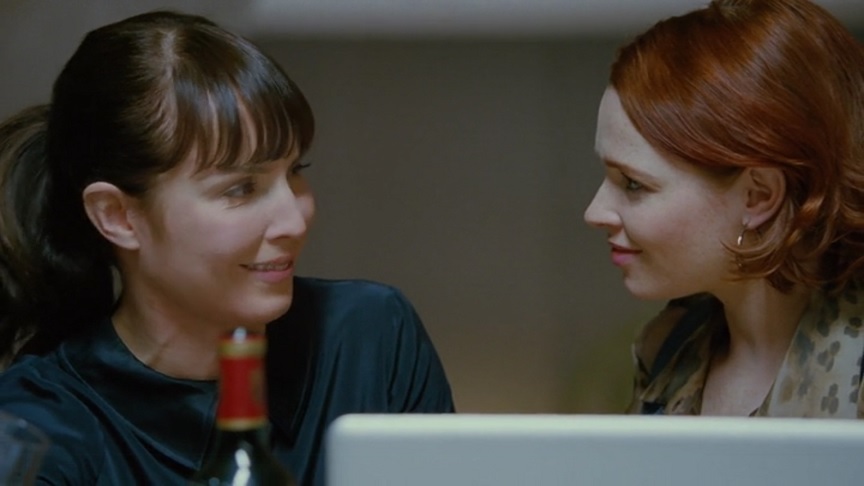
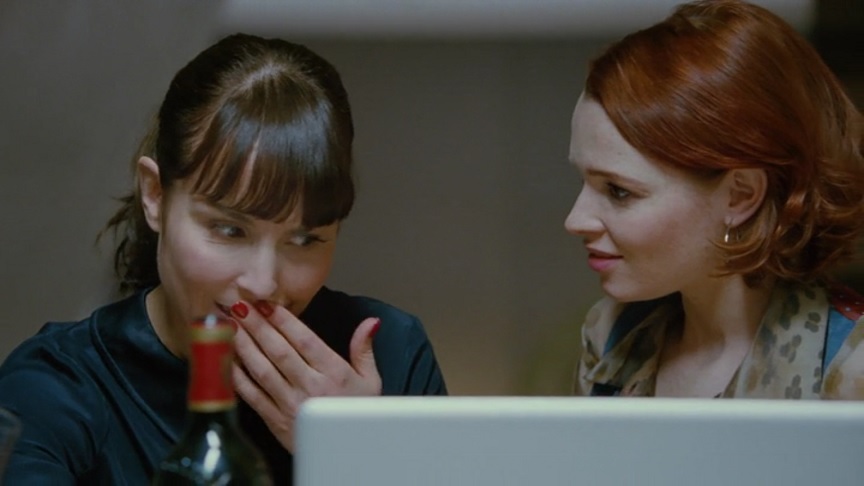
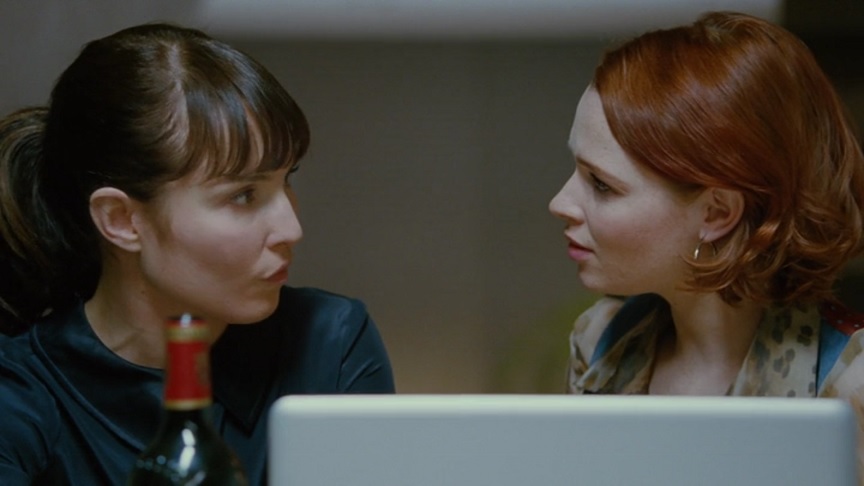
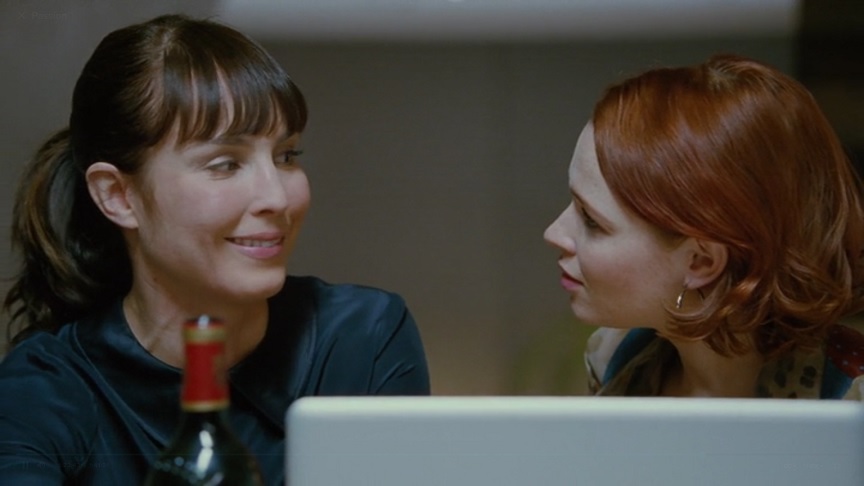
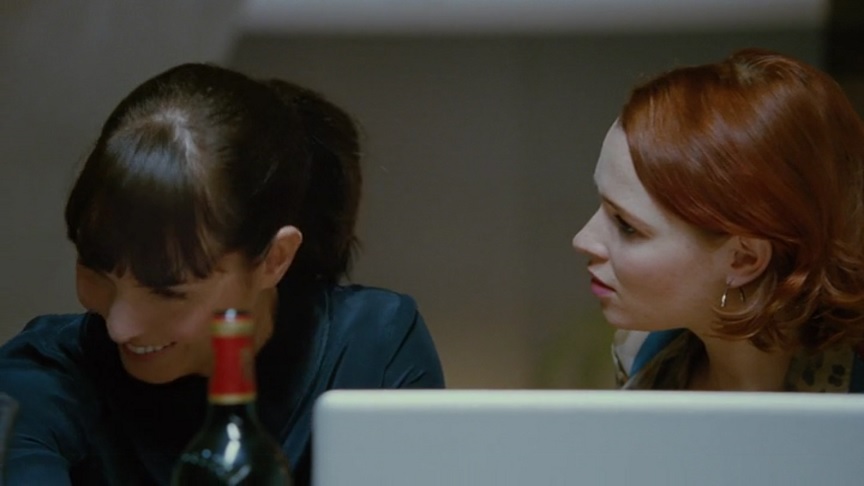
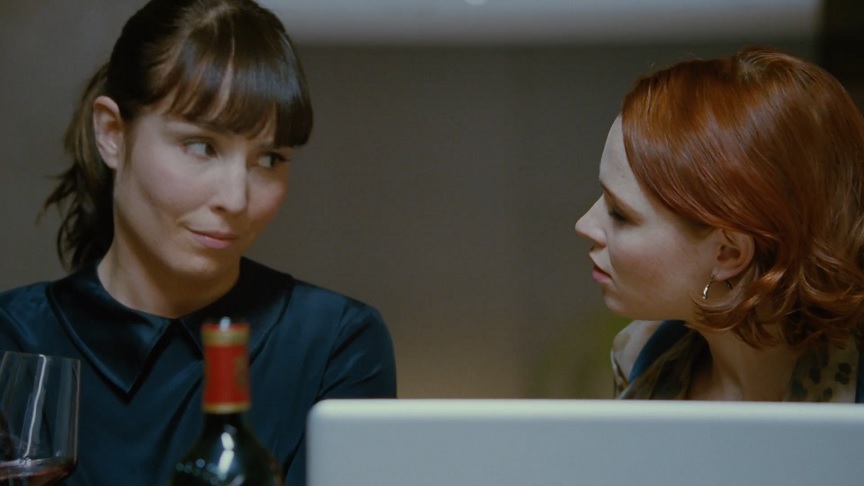
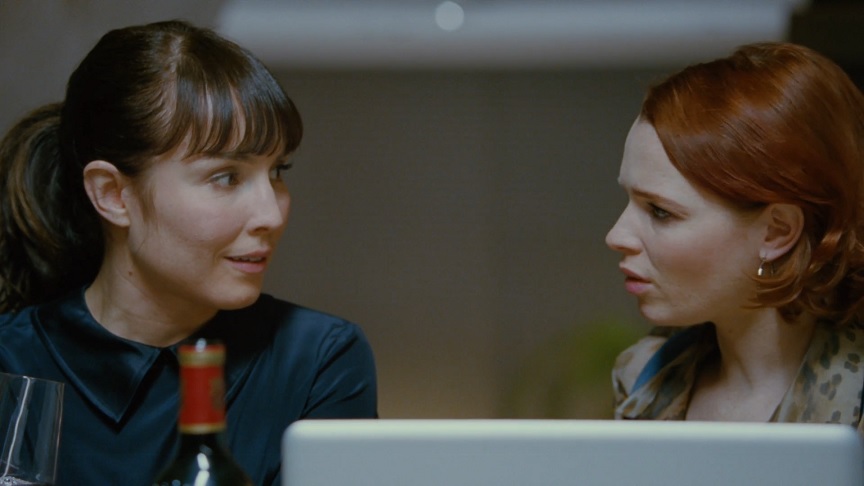

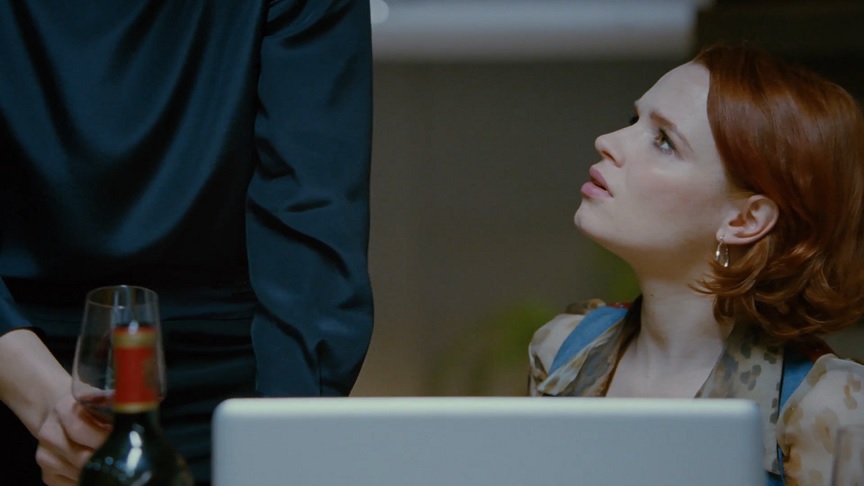
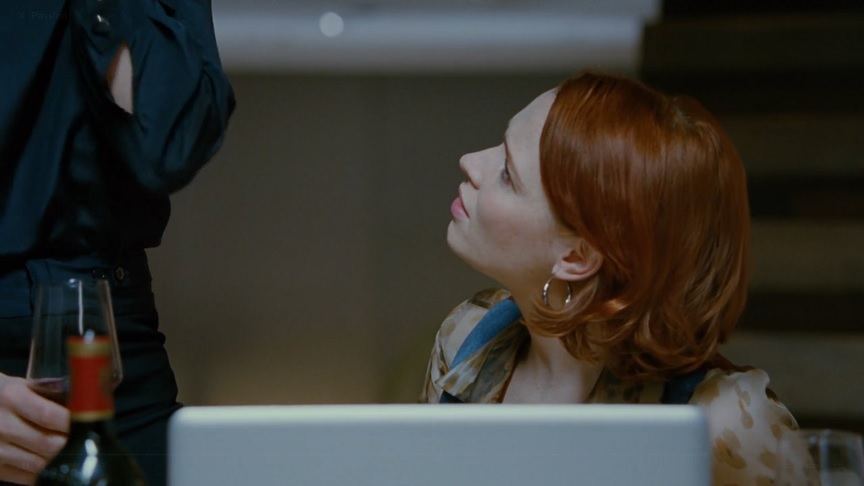
 Hello and welcome to the unofficial Brian De Palma website. Here is the latest news: |
|---|
E-mail
Geoffsongs@aol.com
-------------
Recent Headlines
a la Mod:
Listen to
Donaggio's full score
for Domino online
De Palma/Lehman
rapport at work
in Snakes
De Palma/Lehman
next novel is Terry
De Palma developing
Catch And Kill,
"a horror movie
based on real things
that have happened
in the news"
Supercut video
of De Palma's films
edited by Carl Rodrigue
Washington Post
review of Keesey book
-------------
Exclusive Passion
Interviews:
Brian De Palma
Karoline Herfurth
Leila Rozario
------------
------------
| « | March 2020 | » | ||||
| S | M | T | W | T | F | S |
| 1 | 2 | 3 | 4 | 5 | 6 | 7 |
| 8 | 9 | 10 | 11 | 12 | 13 | 14 |
| 15 | 16 | 17 | 18 | 19 | 20 | 21 |
| 22 | 23 | 24 | 25 | 26 | 27 | 28 |
| 29 | 30 | 31 | ||||
De Palma interviewed
in Paris 2002
De Palma discusses
The Black Dahlia 2006

Enthusiasms...
Alfred Hitchcock
The Master Of Suspense
Sergio Leone
and the Infield
Fly Rule
The Filmmaker Who
Came In From The Cold
Jim Emerson on
Greetings & Hi, Mom!
Scarface: Make Way
For The Bad Guy
Deborah Shelton
Official Web Site
Welcome to the
Offices of Death Records

























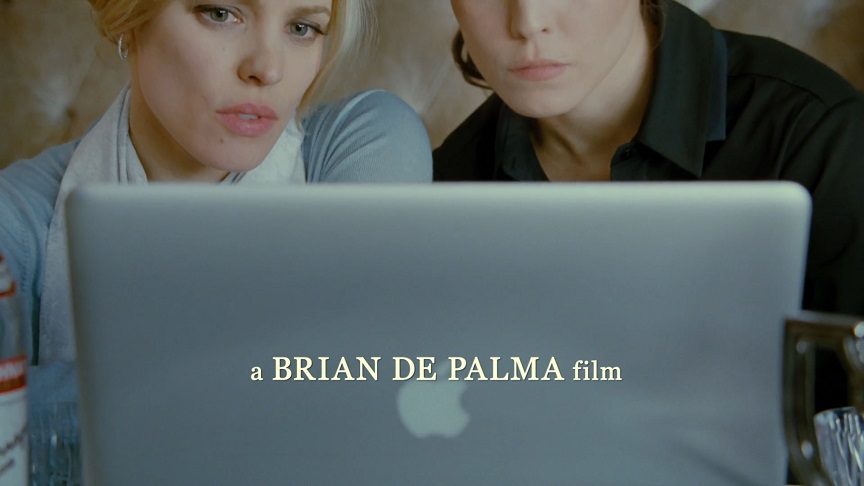
 Late last week, The Telegraph's Jack Taylor posted an article with the headline, "The complicated, colourful history of Apple products in films." The main thrust of the article is Apple's insistence through the years that on screen, only "the good guys" are to be shown using Apple products:
Late last week, The Telegraph's Jack Taylor posted an article with the headline, "The complicated, colourful history of Apple products in films." The main thrust of the article is Apple's insistence through the years that on screen, only "the good guys" are to be shown using Apple products:Over the last few decades, blockbuster films have been awash with Apple products, from iPhones and iPads, to MacBooks and iPods. And, while most companies shell out millions for the privilege of getting product placement on screen, like Heineken and its eye-watering deal to replace James Bond's martini in Skyfall, Apple doesn't pay a penny.Suzanne Forlenza organised Apple's film and TV marketing almost single-handedly in the '90s, and worked out a system still in use today. "Frankly, we are absolutely overwhelmed with requests," she told the Irish Times in 1996, "The good news is we have established excellent relationships throughout Hollywood, so we have first crack, typically, at all the big films."
"We provide the computers requested for on camera usage on loan, all being due back to us at the end of the filming."
Forlenza made clear that Apple products could only ever be portrayed in a positive light, withholding permission where this couldn't be guaranteed. In the first Mission: Impossible film (1996), for example, she insisted that Tom Cruise use a Mac while the villains had IBMs. "We have a standing insistence that [Apple] will only be in the hands of the good guys."
This philosophy hasn't changed much since, as Knives Out director Rian Johnson was frustrated to discover: "Apple lets you use iPhones in movies, but – and this is very pivotal if you're ever watching a mystery movie – bad guys cannot have iPhones on camera."
The tech giant was one of the first companies to realise the value of lifestyle branding through film and TV, whether that be the high-tech glamour of Mission: Impossible or the socialite chic of Sex and the City. Below, the company's most influential product placement spots.
One of the earliest appearances of Apple in film is Tom Cruise's aptly-named PowerMac in the action spy thriller, which rivals Bond for its love of high-tech gadgets. Apple made a deal with the producers to feature clips from the film in their adverts in exchange for the laptop being front and centre during Cruise's hacking escapades. Marketing manager Jon Holtzman said: "We saved almost $500,000 in production costs – and got Brian De Palma to direct and Tom Cruise to act in it."
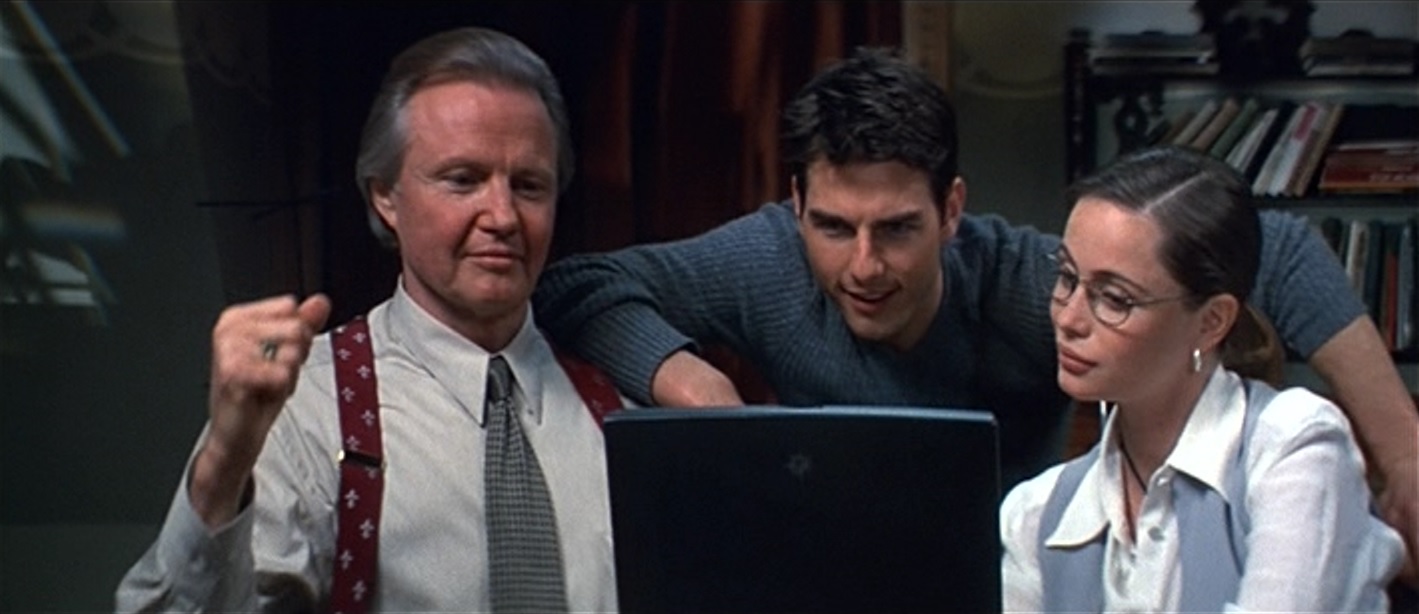
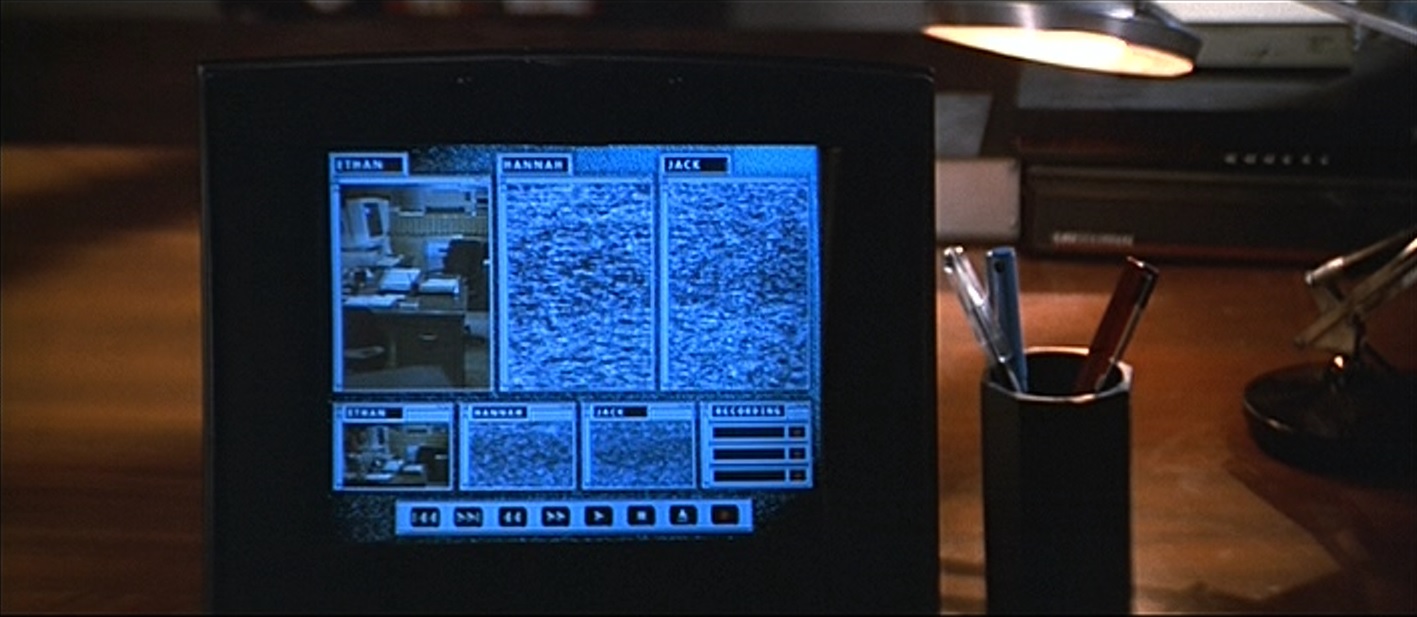




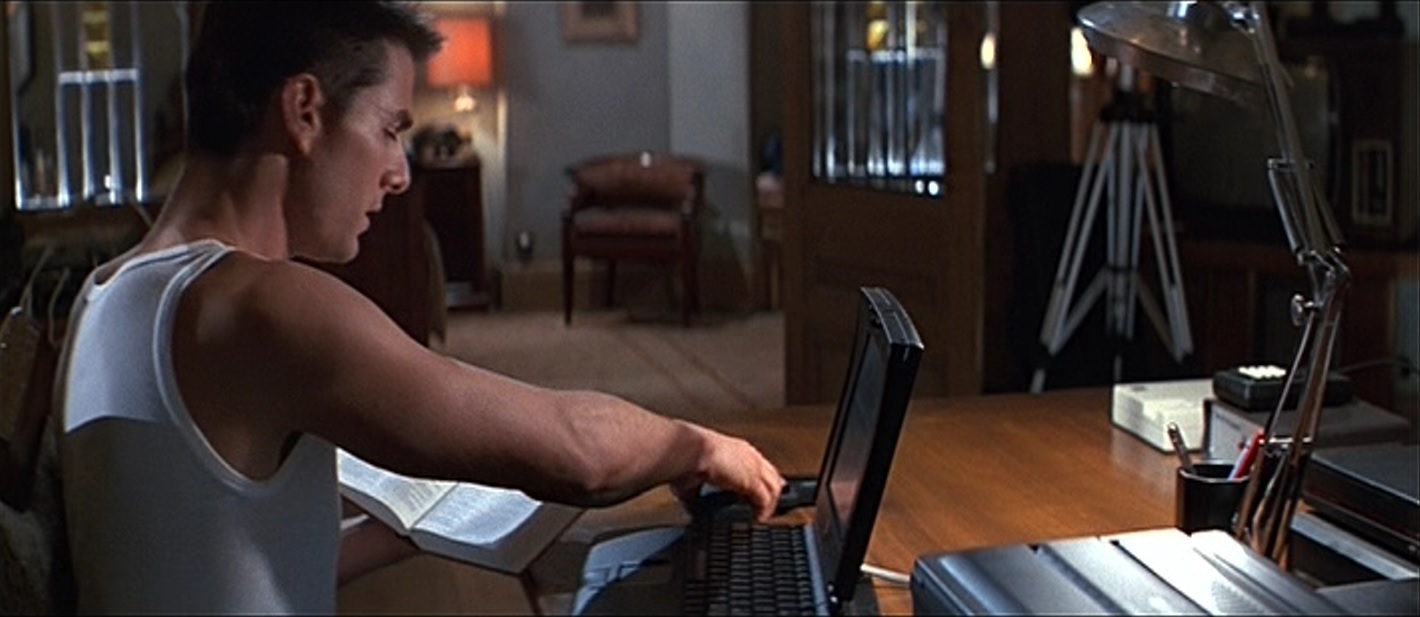


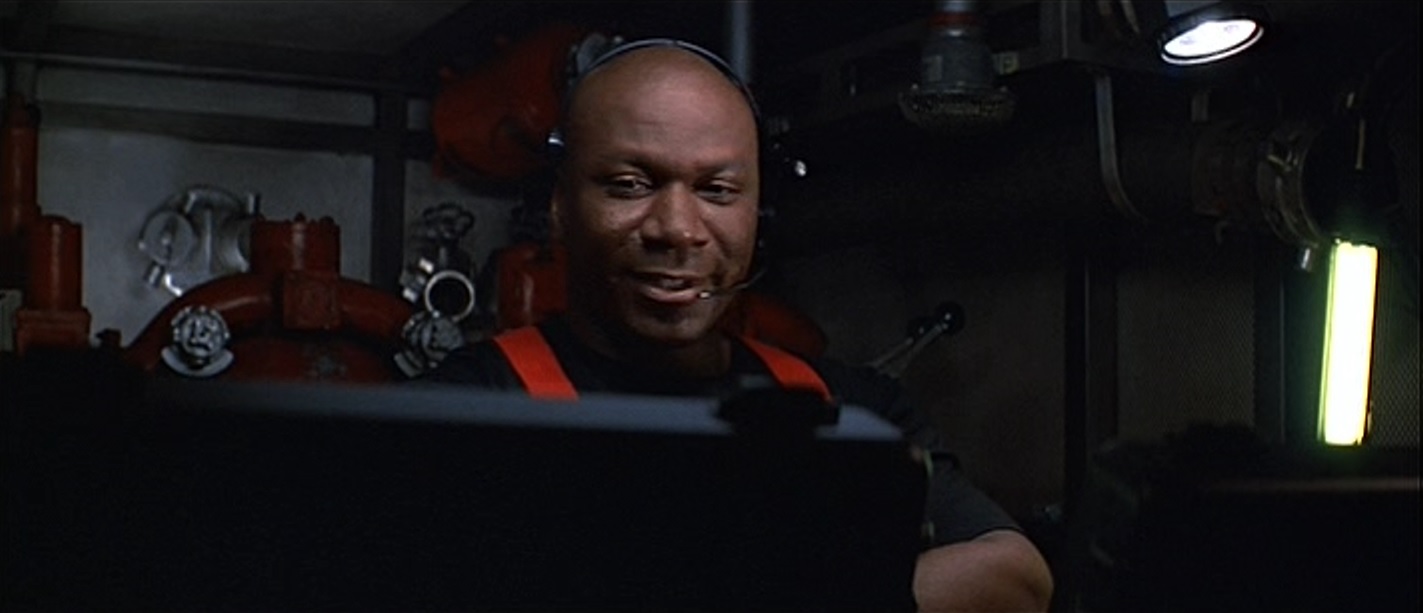





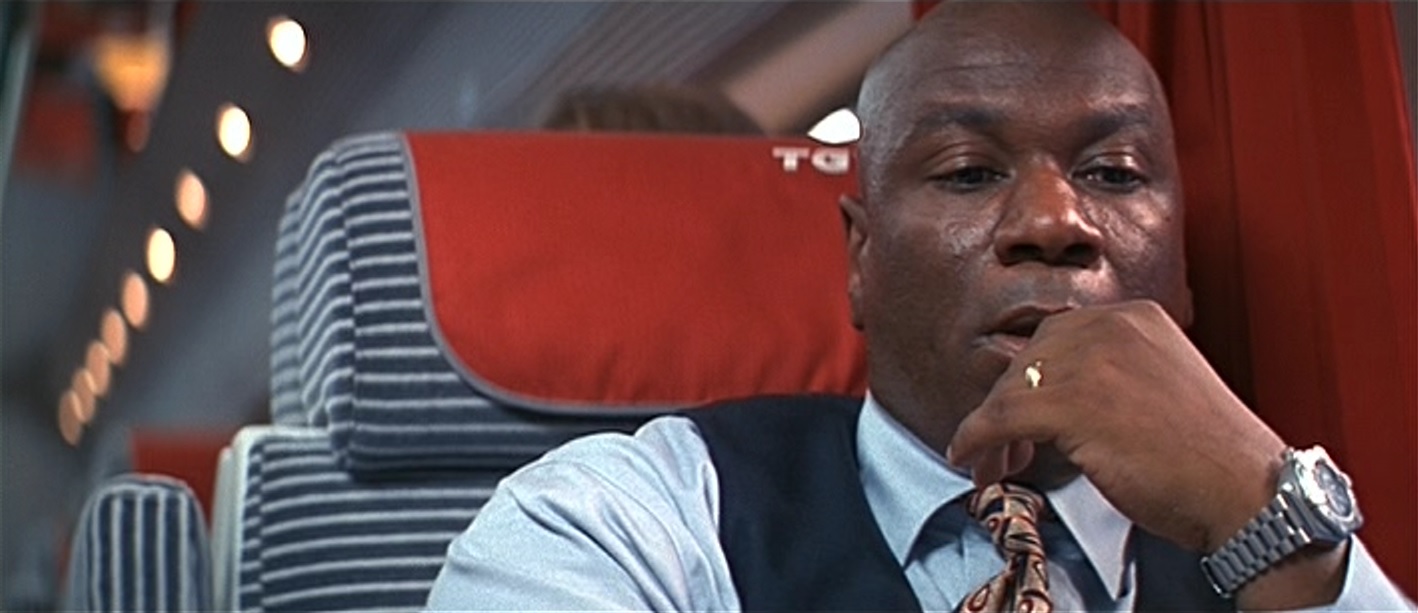
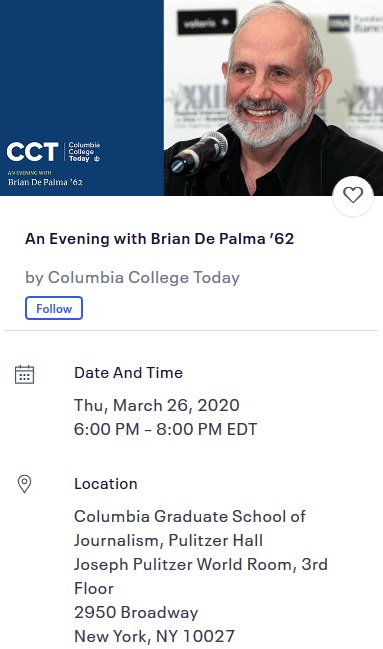 Brian De Palma, who attended Columbia University from 1958 to 1962, had been scheduled to return for a Columbia College Today event on Thursday, March 26, but the event was canceled as of March 13th. Billed as "An Evening with Brian De Palma ’62," De Palma was to take part in a conversation with "renowned educator and author Annette Insdorf, professor of film at the School of the Arts," who has been "director of Columbia’s Undergraduate Film Studies program for more than 20 years," according to CCT. Susan Lehman had also been scheduled to be there, as the De Palma/Lehman novel Are Snakes Necessary? would have been included in the discussion. The book would have been available for purchase, with the co-authors signing copies after the Q&A.
Brian De Palma, who attended Columbia University from 1958 to 1962, had been scheduled to return for a Columbia College Today event on Thursday, March 26, but the event was canceled as of March 13th. Billed as "An Evening with Brian De Palma ’62," De Palma was to take part in a conversation with "renowned educator and author Annette Insdorf, professor of film at the School of the Arts," who has been "director of Columbia’s Undergraduate Film Studies program for more than 20 years," according to CCT. Susan Lehman had also been scheduled to be there, as the De Palma/Lehman novel Are Snakes Necessary? would have been included in the discussion. The book would have been available for purchase, with the co-authors signing copies after the Q&A.In his 2011 book Shock Value, Jason Zinoman points out that Vertigo engaged De Palma's practical side as well as his creative imagination. As De Palma told Zinoman: "I'd look and I'd say, okay, now how do you do that? Like when I was a kid, I'd look at machines and say, let's figure out how to do this." In his 1988 book The De Palma Cut, Laurent Bouzereau writes of De Palma's Vertigo epiphany: "Filmmaking had suddenly become more precise than science itself."
In a 1975 interview for Cinefantastique, De Palma told David Bartholomew that in the late '50s, "I was interested in theatre first, because I had a way of approaching that. They were doing plays at Columbia and I had been doing skits and things in high school, so I knew something about it. I was much more of a scientist than an artist. I thought science, now that was something really important. I was brought up in the '50s when going to the moon was the most important thing man would ever have to do."
With fresh Vertigo-inspired cinematic interest, De Palma joined the university's Columbia Players theater troupe. As a sophomore in 1960, De Palma met Jared Martin and William Finley at the Columbia Players' annual varsity show, A Little Bit Different. "And the varsity show that year had some names," Martin recollected for Justin Humphreys's 2014 book, Interviews Too Shocking To Print! "Terry McNally wrote the script, Ed Kleiban that did A Chorus Line wrote the music or the lyrics, I can't remember which. Michael Kahn, who became a famous director-- he directed it. Bill [Finley] more or less played the lead, I remember... He was a director looking for locations in a jungle for a movie he was shooting, and in this jungle he met all these strange types... And was this a real jungle or was he actually in Hollywood, walking through sets? We never really knew. But not only did Bill play the director, he also designed the sets. A huge set of banana leaves, which was very difficult to climb over if you wanted to make an entrance. A lot of people were late because they couldn't get through the banana leaves.
"And I played a bit role in this and that's where I met Bill. And Brian was kind of in the background. He wasn't an actor-- Brian was still acting at that time-- he wasn't an actor, he wasn't a writer, he was one of the producers-- he was around. And at the end of the varsity show, Brian stopped by and I didn't really know him at the time, and he said, 'Next year, in the fall, do you want to be roommates.' And I said, 'Sure.' And then, that summer, I was away, and then in the fall, I found that Brian's other close friend was Bill. And Brian was always the centerpiece.
"Bill and I liked each other, we worked well with each other, but Bill always lived at home. He wasn't part of the Columbia 'Go down to the West End and get loaded or hang out or this, that, and the other thing.' He'd go to class, he'd go to rehearsal, and then he'd go back to 25 Fifth Avenue [where] he lived with his folks and his sister. So we didn't really have a life [together] outside of campus and theater activities. But, that year, Brian was always the Pied Piper for our little group. Brian was the oldest, Bill was the middle, and I was younger by about two years."
Early in 1958, prior to leaving home in Philadelphia for Columbia University, De Palma had been working to document his father's infidelity by recording his phone calls, following him to work and snapping photos outside his father's office window. According to Zinoman, De Palma told one friend that year that the photos were his "first film." In 1970, De Palma mentioned his "background in photography" to Joseph Gelmis (for Gelmis' book The Film Director As Superstar) as he explained how he ended up directing his first short film, Icarus, in 1960:
I started making movies when I was at Columbia University as a sophomore. I was with the Columbia Players, and I had a background in photography. I was obsessed with the idea of directing the Players. But they wouldn't let undergraduates direct them, so I was frustrated. I figured I'd go out and direct movies instead.
Bouzereau (in The De Palma Cut) states that De Palma "created a film association between Columbia University and Sarah Lawrence College. The famous stage director Wilford Leach, who conducted a theater class at Sarah Lawrence, was immediately impressed by the young man's energy and interest in filmmaking. Leach soon became De Palma's mentor. According to De Palma, Leach was one of the very few people who ever understood him." Bouzereau goes into further detail about the making of Icarus:
In 1960, Brian De Palma made Icarus, which he today considers a pretentious film, though he admits that it encouraged him to learn more. At first, De Palma was only supposed to be the cameraman on Icarus, but the director left the set after many arguments with De Palma, who was already trying to impose his own visual ideas, regardless of his position. Luckily, De Palma was then offered the opportunity to finish the film himself.
In 1961, while still at Columbia, De Palma made the short film 660124, The Story Of An IBM Card, which Bouzereau describes as "the story of a painter who loses his life to the benefit of his art." De Palma told Gelmis that 660124 "was pretentious but a little better, technically. Then I finally made a short called Woton's Wake, which won a lot of prizes." Woton's Wake was made in 1962, the year De Palma graduated from Columbia and, with the help of Wilford Leach, received a two-year graduate fellowship to Sarah Lawrence College.
While he was at Columbia, "There was a lot of excitement," De Palma says, speaking to Noah Baumbach and Jake Paltrow for their 2016 De Palma documentary. There was a lot of excitement, De Palma tells them, "because, of course, we had the war-- we had to worry about getting drafted-- and we had all this French New Wave stuff coming, and all these foreign movies. So it was a pretty exciting time. It was like, that's what you talked about. That was like the new thing. There was no place you could take film at Columbia. And I signed up for a cinema society called Cinema 16, run by Amos Vogel. And they would show all these very avant-garde shorts. That's what you signed up for. I submitted my shorts every year until the third year, I won it with Woton's Wake."
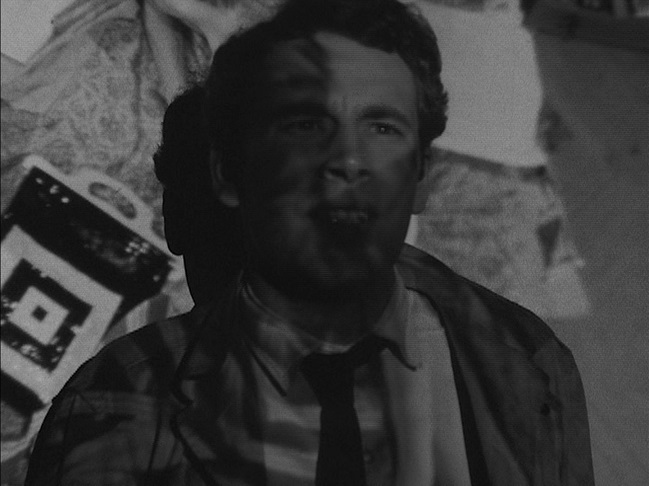
Rarely seen after its initial release in a single New York theater, Brian De Palma’s feature debut is a stylish murder mystery set in the adult-film business in 1960s New York City. Exhibiting many of the same styles and thematic preoccupations that the auteur would soon be famous for, the film is a thrilling homage to great genre films before it, equal parts Powell’s PEEPING TOM, Kubrick’s THE KILLING and Hitchcock’s PSYCHO. The story begins when seedy filmmaker Christopher (Jared Martin) tries to trick his girlfriend, aspiring actress Karen (Margo Norton), into starring in one of his partner’s skin flicks. Obstructing his plans is the bizarre prankster Otto (William Finley), who stalks the building where they’re shooting. In Hitchcockian fashion, Christopher’s luck runs out when a series of seemingly unconnected events leads to a shocking murder scene.
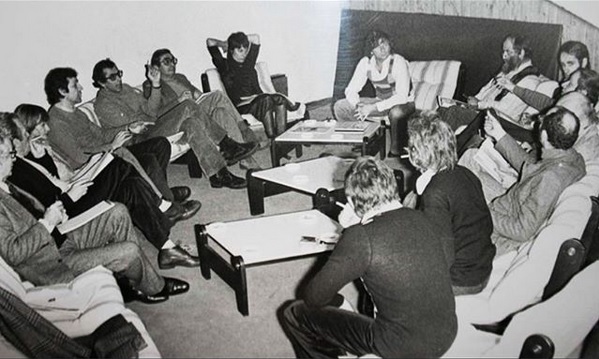
Aside from the Grand Prix for Phantom Of The Paradise, a special jury prize that year was shared by Larry Cohen's It's Alive and Saul Bass' Phase IV. The critic's prize was given to Alan J. Pakula's The Parallax View.
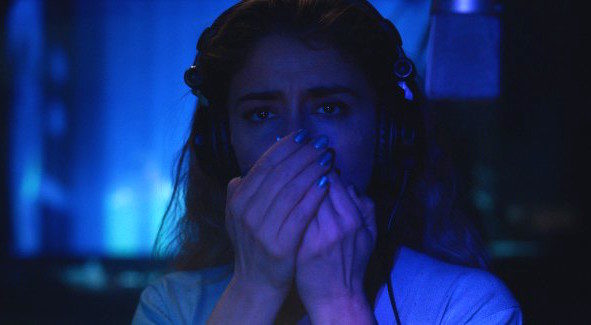
With the help of Google translations, here are a few samples from reviews posted following the Berlinale screening:
Diego Batlle, Otros Cines Europa
From stress to psychic disorders, from pills to recurring nightmares, from unmanageable energies to indecipherable sounds and ghostly apparitions, The Intruder (a story inspired by the novel The Lesser Evil, by C.E. Feiling) is an increasingly ominous psychological thriller which has clear influences from the movies of Brian De Palma and David Cronenberg, and a certain aesthetic of the giallo, and more specifically from the work of Dario Argento.
Neither the Latin American cinema, nor the genre cinema, let alone the cinema directed by women, is usually habitual in the competitive sections of the European class A festivals. Similarly last year there were hardly two women in competition at the previous Venice Festival and no Latin representative at the last Cannes Festival. Well, The Intruder inaugurates the competitive section of this 70 edition of the Berlinale breaking both stigmas at a stroke. The second film of the Argentine filmmaker Natalia Meta is a disturbing psychological thriller that borders the universes of Brian De Palma and Peter Strickland, in turn breathing the essence of Sebatian Lelio's Gloria.
The director of DEATH IN BUENOS AIRES - a film that, beyond its very obvious problems, evidenced an unusual formal audacity in the national genre cinema - applies to the Feiling text resources that could well have come out of a European thriller from the '70s and early' 80s, stepping a little on the giallo, another bit on the classic Nicolas Roeg DON'T LOOK NOW (which met in Argentina with the curious and unforgettable title of VENICE RED SHOCKING ) and somewhat more, moving from the mainland, in the darkest films of Brian de Palma of that time as OBSESSION, DRESSED TO KILL or, for its specific theme, BLOW OUT.
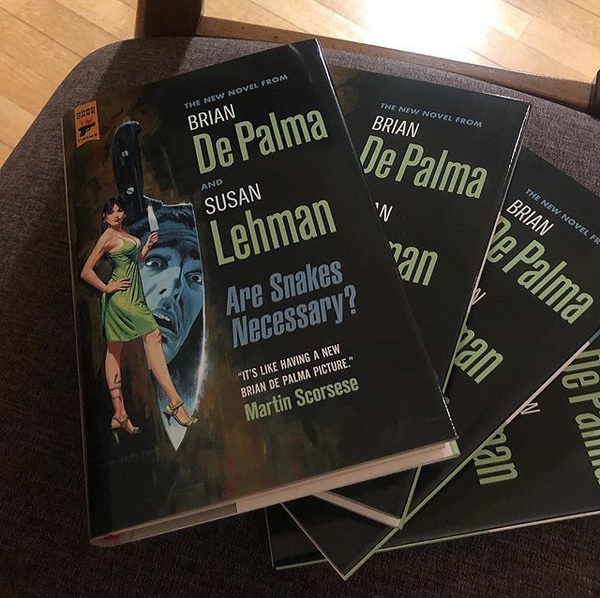
At the risk of sounding much like the introductory theme song to The Jetsons:Meet Barton Brock, campaign manager for Senatorial candidate Jason Crump who's getting creamed in the primaries by incumbent Senator, Lee Rogers.
"Political campaigns are brutal. The stakes are high. Not for the electorate - Barton Brock does not particularly care for the electorate. But for the team that boosts the candidate into office, the stakes matter, a lot. The guys on the team get big payoffs, good appointments, cushy jobs, bigger campaigns.
It's a lot like fishing. You start small, then throw away the little guys, the ones self-respecting cats wouldn't call dinner - and then you cast out for the big mothers."
You like similes and metaphors? Lehman and De Palma are masters of the craft. Wait.
Meet Elizabeth DeCarlo, a 19 year old "drop-dead gorgeous blonde" working the counter of a McDonalds. Brock enlists her onto his staff to "conduct push polls" but he has an ulterior motive.
Meet Senator Rogers, incumbent Senator. He has an ailing wife and an historically out of control libido. He meets Elizabeth. In a hotel bar. After a successful primary victory. Just what Brock planned. But things don't turn out quite how he planned.
Meet Jenny Cours, Jenny is 47 and has been for many years, a flight attendant for Loft Air. She is a long-time ahem, friend of the Senator's and his aforementioned libido.
"Why do we never forget the ones that got away? Rogers quickens his pace. And, eyes trained on her ass, he catches up with Jenny Cours."
Meet Fanny Cours, Jenny's 18 year old daughter who is "in the full flush of carnality. Neither her vitality and ripeness nor the irrepressible sense of readiness that surrounds her elude the impatient senator." The college student is also a political junkie and a videographer who goes to work on Rogers' campaign much to her mother's distress.
Meet Nick Sculley, a one-time famous news photographer who's down on his luck and during a stopover in Vegas on his way to LA, he bumps into Elizabeth Diamond, nee DeCarlo, coming out of the Admiral's Club Lounge. He's as good looking as our old friend, Elizabeth. Coincidentally, they're taking the same flight to L.A.. They bond over Graham Greene's The End of the Affair, sit together and...
"Giggle. Smile. Kiss the boy. Watch him light up. Knowing how to speak to the animal in the man is half the game. The rest, Elizabeth finds, is really a matter of will."
Meet Bruce Diamond, Elizabeth's rich, casino-owning husband. Seven casinos rich.
"Diamond loves expensive cars, priceless paintings, beautiful women. He loves to throw money around. He's so full of himself and all of his big hungry qualities, he is near to bursting."
There we have the major dramatis personae. De Palma and Lehman have crafted a well-woven tale that could be closer to the truth than evident at first. Politics does make strange... well, you know. The perfunctory "names, character, places, etc." disclaimer appears on the copyright page. I bet it must have been written with a tongue in cheek. As you may guess, due to the authors involved, the novel is very cinematic. The characters come alive in your mind and you can see settings and scenes as if you were viewing this, not just reading it.
"A little conversation, with an old woman. Beats going through the motions of seduction with some guy out of Vegas who is genuinely confused as to whether the conversation is going to end up in bed or not. (Yes, mister, it is, why else do you think I'm listening to you prattle on about your golf game, the jazz that means more to you than anything in the world, the novel that will bring you fame and fortune and change the way the world thinks? Darling. This is the noise we make to fill up the time between here and the not so distant moment when we'll be naked animals grunting and moaning in a world far from conversation.)"
These are Elizabeth's thoughts as she rides on a bus, towards the next stage of her life as she sits and speaks with:
Meet Lucy Wideman, an elderly woman who has anonymously, for years, been the Boston Globe's advice columnist, Dear Dottie.
With this inventive, fast-paced page turner in your hands you will also be meeting your next fun and exciting read.
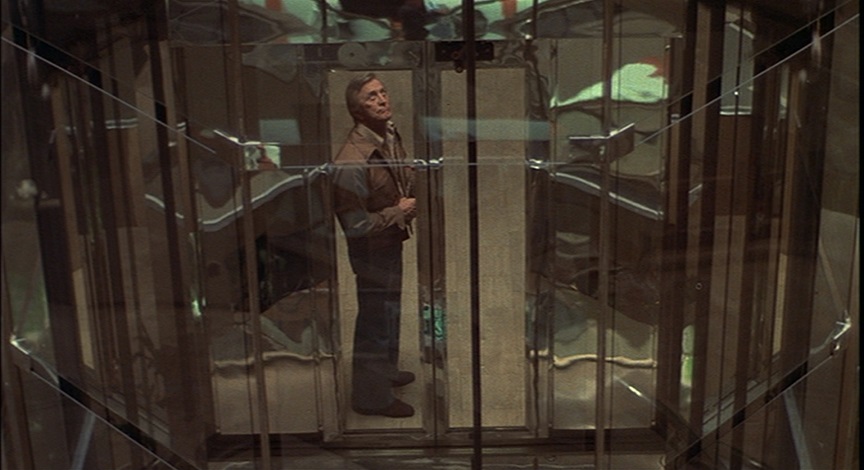




















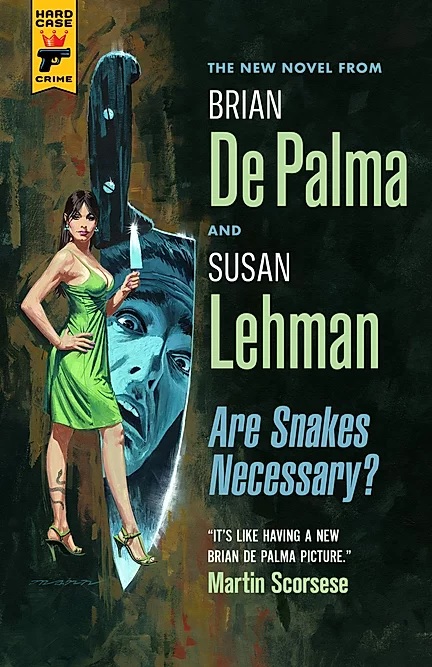 Are Snakes Necessary? hits the streets on March 17th, but some early reactions to the novel, co-written by Brian De Palma and Susan Lehman, are beginning to show up online. "Read Are Snakes Necessary? in one night and it really is like a Brian De Palma's greatest hits of obsessions, fixations and fetishes," author Jedidiah Ayres wrote in a Twitter post yesterday. "Loved it," he continued, adding, "All I want to do now is watch Femme Fatale again."
Are Snakes Necessary? hits the streets on March 17th, but some early reactions to the novel, co-written by Brian De Palma and Susan Lehman, are beginning to show up online. "Read Are Snakes Necessary? in one night and it really is like a Brian De Palma's greatest hits of obsessions, fixations and fetishes," author Jedidiah Ayres wrote in a Twitter post yesterday. "Loved it," he continued, adding, "All I want to do now is watch Femme Fatale again."Writer Nick Kolakowski chimed in with a link to his review at Mystery Tribune, tweeting, "It really does win every single square of De Palma bingo, but I had some... issues with it."
To which Ayres replied, "It's... slight? But so pleasingly symmetrical."
Adlerberg then added, "It’s a little slight, I guess. And the writing style is a bit bare bones and screenplay like, but does that matter really? I like how tongue and cheek it is."
Here's an excerpt from Kolakowski's review at Mystery Tribune:
On the cover of “Are Snakes Necessary?”, the thriller authored by legendary director Brian De Palma (co-written with Susan Lehman), there’s a blurb that many a noir writer would commit literal murder for: Martin Scorsese announcing that this book is “like having a new Brian De Palma picture.”As a blurb, it’s dead-on, and therein lies the rub: If you’re a fan of De Palma’s cinematic work, this book may very well scratch that itch for another thriller from the maestro, albeit in a totally different format. If you’re one of those folks who dislikes the director’s hothouse Hitchcock homages, then you’re no doubt going to roll your eyes as the book trots out pretty much every single De Palma trope of the past 45 years.
Psychosexual shenanigans? Check. Political malfeasance? Check. Unscrupulous people doing their level best to one-up each other? Check. Knife deaths? Check.
Hitchcock-style tumble from a really tall, internationally famous landmark? Oh yeah, big check. Not to spoil too much, but a climactic incident “happens in that funny slow-motion way that events unfold in the heat of certain moments,” to quote the narration directly.
It’s like De Palma is attempting to do in print what he’s done so notably in some of his most famous films (the train-station shootout in “The Untouchables,” the cross-action finale of “Raising Cain”); the paragraphs become individual shots, the action so clear you could storyboard it.
Indeed, if there’s one minor quibble to make with the book, it’s the pacing. Within chapters, the narrative will suddenly jump to that night, or even a few weeks later; it would work in a movie, where a single cut is all you need to seamlessly suggest that time has elapsed, but it’s jarring in prose.
For those who grew up watching, re-watching, and generally enjoying De Palma’s films, perhaps the biggest surprise here is the tone. His movies’ characters might be psychologically twisted wrecks, but De Palma always approached pacing, framing, and the other elements of filmmaking with a surgeon’s eye, expertly dialing in his effects. Yet the book’s tone is casual—“folksy” is probably the wrong word to use, but that term hints at its relaxed nature.
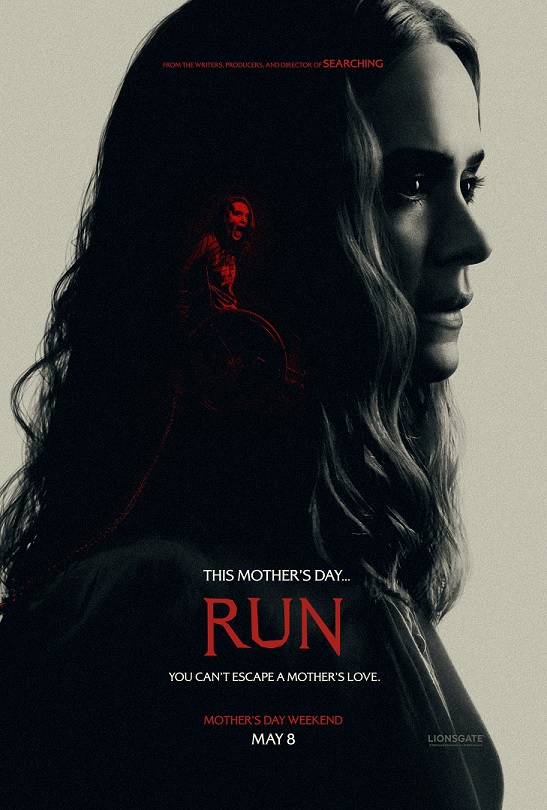
ENTERTAINMENT WEEKLY: You’ve played your share of morally murky or evil characters, on American Horror Story and in 12 Years a Slave, for instance. What makes Diane unique in your filmography?FLASHBACK - 'AMERICAN HORROR STORY: ASYLUM'
SARAH PAULSON: I don’t know that I ever look for uniqueness in a character in terms of my wanting to do something or not. I was really interested in working with Aneesh, because I really loved Searching, and thought it was an incredibly inventive way to tell a story we’ve seen before. So I was really drawn to the project because of that, mostly. But I always also like exploring things that I myself have not really experienced in my life. I’m not a mother, and I think from an acting standpoint it’s always challenging to try to find some way to root yourself in a reality you know nothing about.[Diane and Chloe] live a very isolated life, and they really only have each other. But Chloe’s at that point in her life now where she’s starting to want to explore beyond the confines of her very isolated life, which is very normal. But I think Diane finds that very scary in the way that most parents do, the minute their children are interested in flying the coop. Diane just may have particular feelings that go a little bit more to the extreme, is all.
There’s a rich history of these sort of difficult mother characters on screen. Was there anything or anyone in particular that you drew on for inspiration? I drew mostly on my experience watching Piper Laurie in Carrie. Although it’s a different dynamic, it’s still a dynamic that is a very tense one. There’s an element of control, there’s obviously an extreme codependent situation at work there, where you have a young person who is slowly coming into their own and what that causes the parent to feel. I did watch that movie more than once in preparation for this one.
[Possible Spoilers] So I'm watching the season premiere earlier tonight of American Horror Story, the F/X series created by Ryan Murphy and Brad Falchuk, and about 10-15 minutes in, I hear this very familiar Pino Donaggio music. At first I wondered if it was just a little musical homage to Donaggio's "Bucket Of Blood" cue from Brian De Palma's Carrie, but as it went on, it became clear to me that it was that precise recording-- it was indeed "Bucket Of Blood," edited to fit in with what was happening on screen.
And the scene in question was the introduction of the character pictured here, Lana Winters, a journalist played by Sarah Paulson. "Bucket Of Blood" (as the track was titled on the original Carrie soundtrack release) plays as Lana approaches the asylum (in 1964) that provides the main setting of season two-- and the Donaggio track is repeated twice more in the episode, creating a little motif for Lana. Lana is working on a story about the asylum under the false pretense of doing a fluff piece on the bakery run by Sister Jude (Jessica Lange). The "Bucket Of Blood" cue is heard a second time, just moments later in the episode, during the scene pictured here: Lana is watching as the latest "patient" (Kit Walker, played by Evan Peters) is delivered to the asylum, and the music builds suspense as he is led up the stairs, and the Donaggio crescendo peaks as Kit is stripped and thrown into a shower stall.
In between these two "Bucket Of Blood" cues is another Donaggio cue from Carrie: "For The Last Time We'll Pray" plays as Lana makes her way inside the asylum for the first time. Sister Mary (Lily Rabe) leads Lana up the stairs to meet Sister Jude, and they walk in on her just as she is beginning to shave the head of a patient, Shelly (Chloe Sevigny).
Now before I get to the third use of "Bucket Of Blood," which comes later on in the episode (confirming the running motif), it is worth noting that Sevigny portrayed Grace Collier, the journalist, in Douglas Buck's 2006 remake of De Palma's Sisters. This, of course, is the journalist character who was played by Jennifer Salt in De Palma's Sisters. Salt is an executive producer on American Horror Story, and she wrote a couple of episodes from the first season. This current episode, and, it would appear, the season to come, has clear echoes of De Palma's Sisters, in which Grace, investigating a murder, infiltrates a mental health clinic. However, Grace is discovered and captured by Dr. Emil Breton (William Finley), who tricks the others at the clinic into thinking Grace is a stray patient. "You want to know our secrets," Emil says to Grace as he puts her under a hallucinatory sedation. "We will share them with you. Watch." On American Horror Story, Lana is eventually discovered and captured in a similar manner. "She wanted an inside look into our facility," Sister Jude later tells Lana's roomate, "and I will see that she gets it."
But before that happens, "Bucket Of Blood" is heard a third time as Sister Mary appears to be feeding someone or something in the woods, and the music this time crescendos as Lana herself startles Sister Mary-- bringing Lana's appropriated Donaggio motif full circle.
Appropriating themes from horror movies is nothing new for American Horror Story. Last season, Bernard Herrmann's whistling theme from Twisted Nerve was used as a recurring theme for Evan Peters' character. (That same theme had previously been reappropriated by Quentin Tarantino for a memorable De Palma-Dressed-To-Kill-esque split screen sequence in Kill Bill Vol. 1.) For all I know, there were other such music cues that I did not recognize. But I wouldn't be surprised to hear "Bucket Of Blood" again throughout the season, if Lana's story continues.